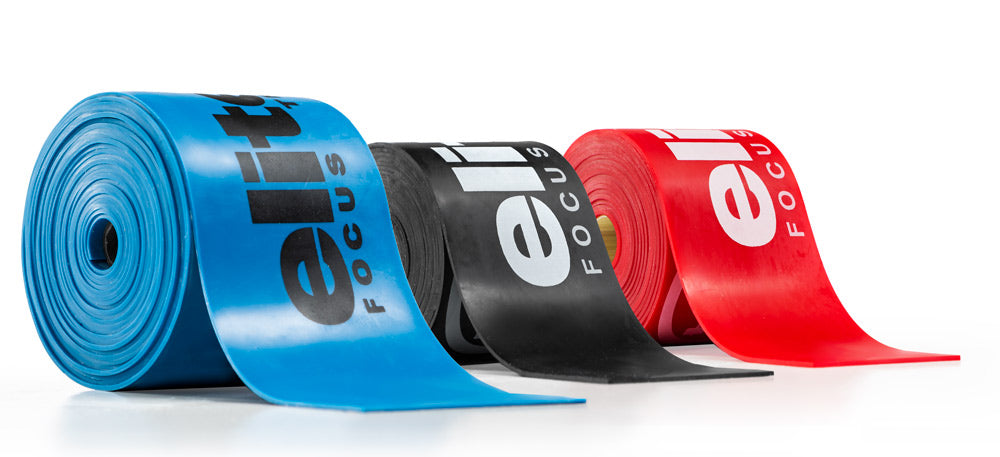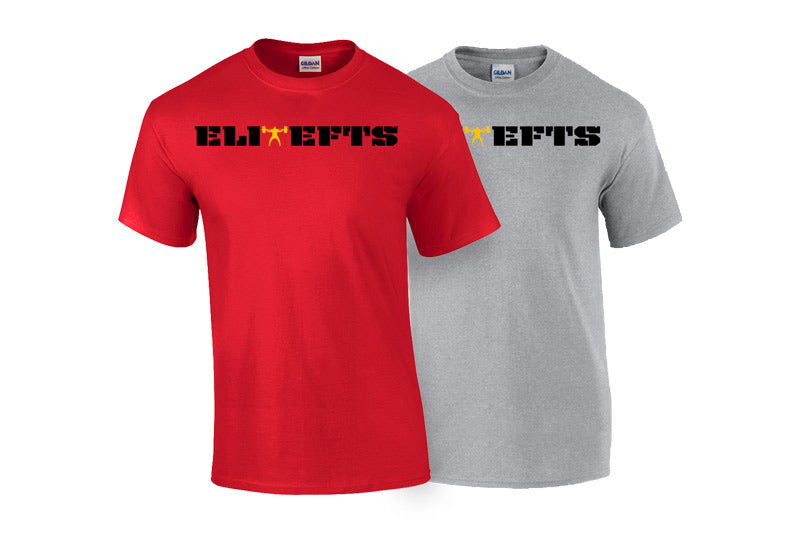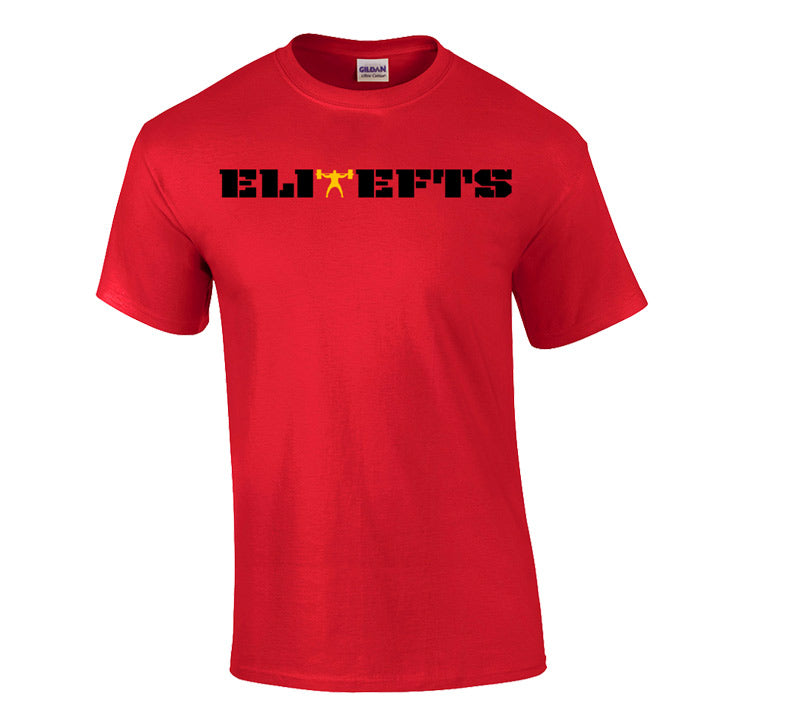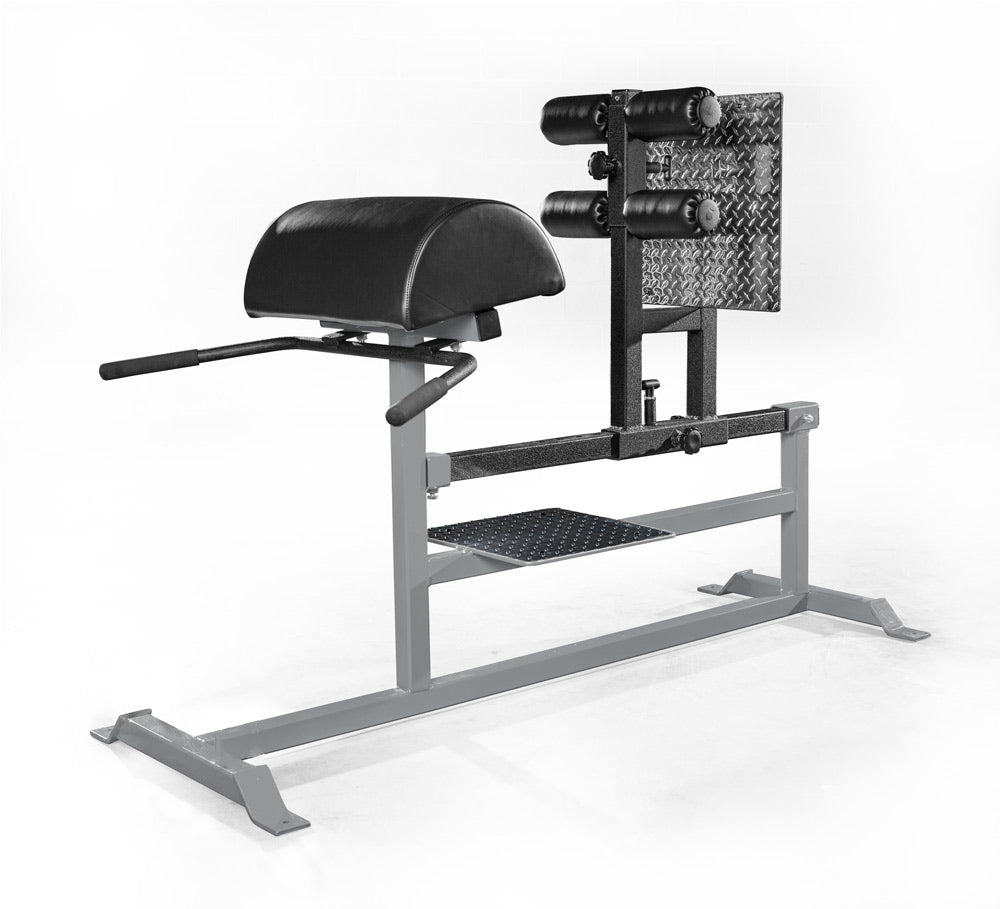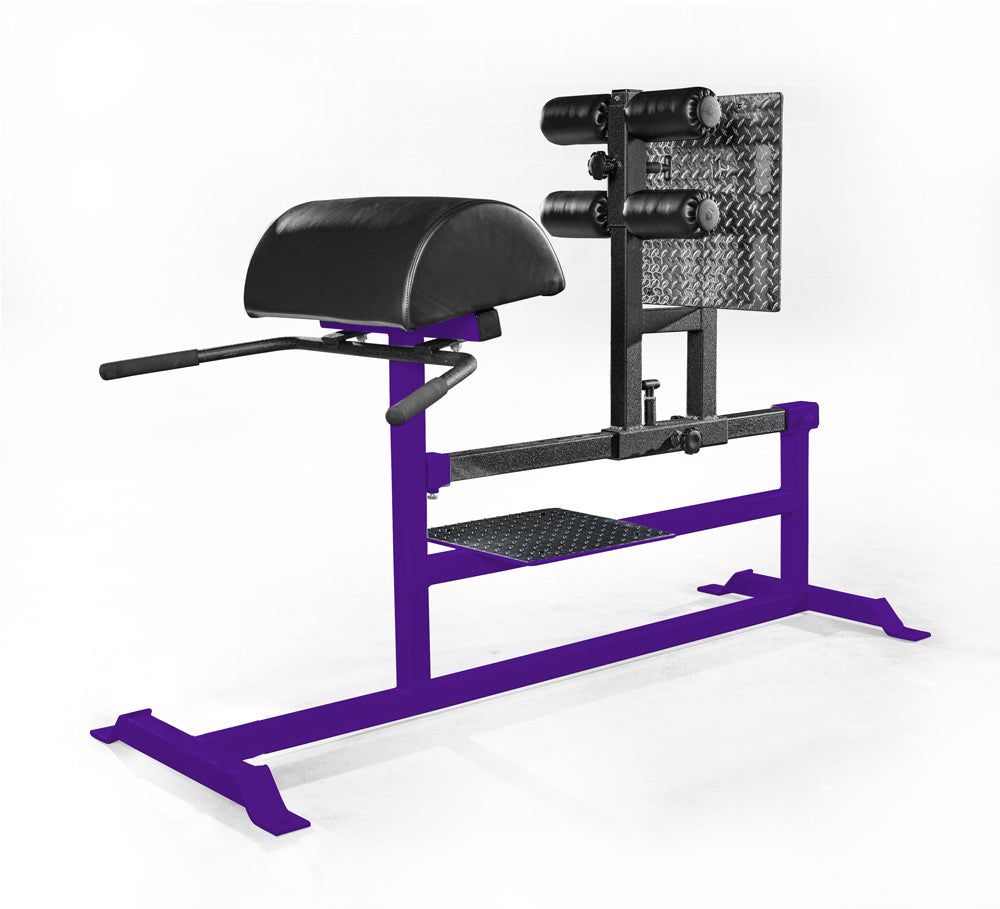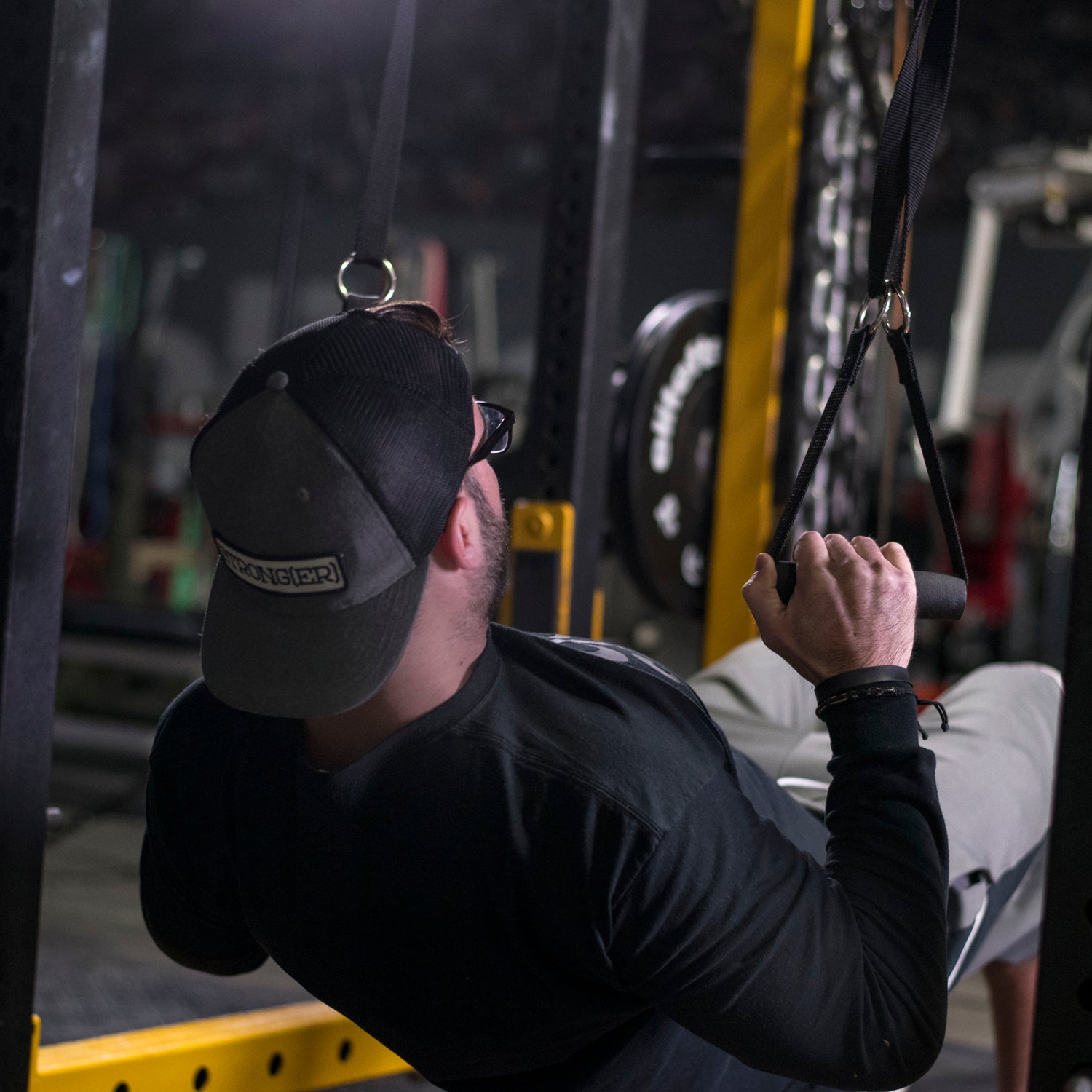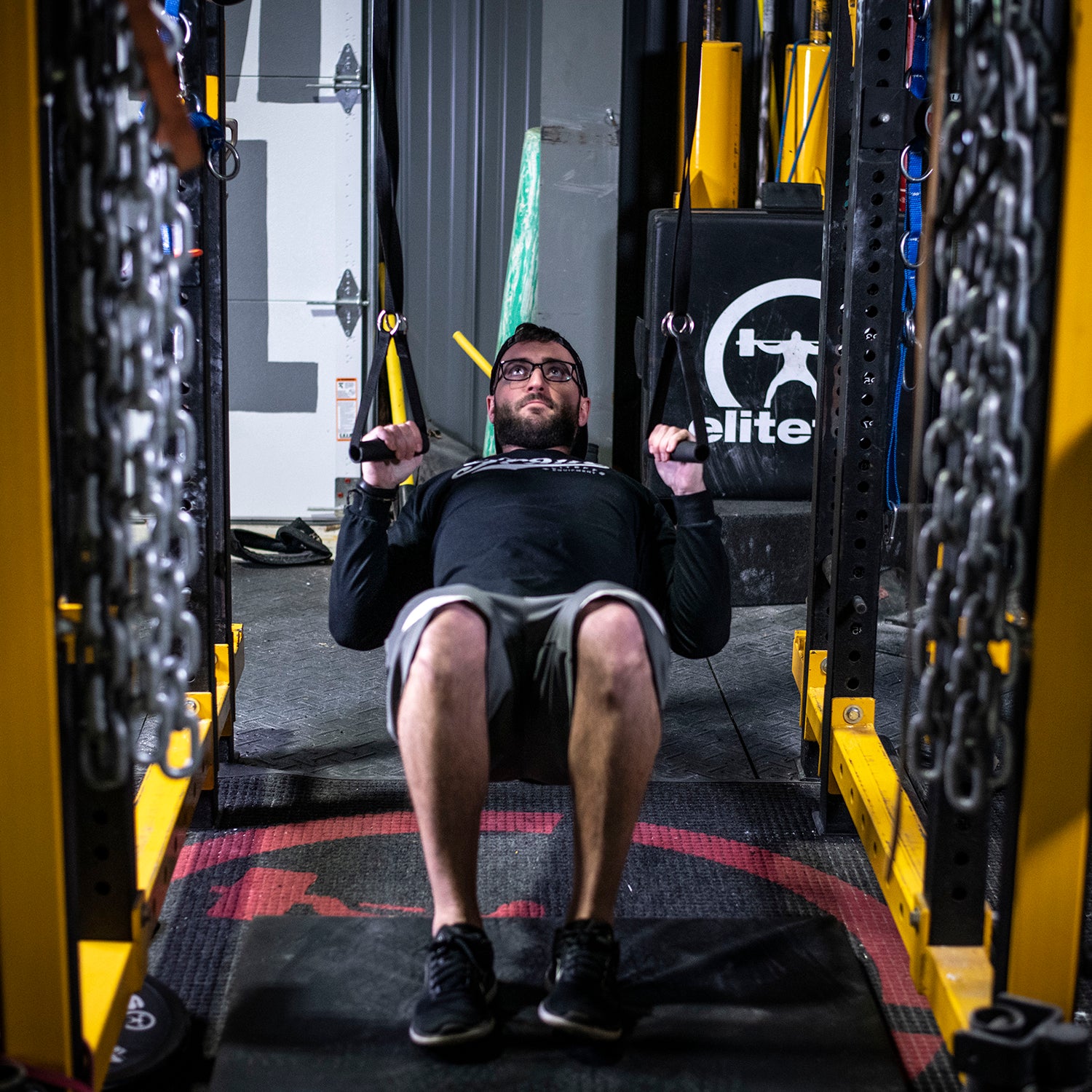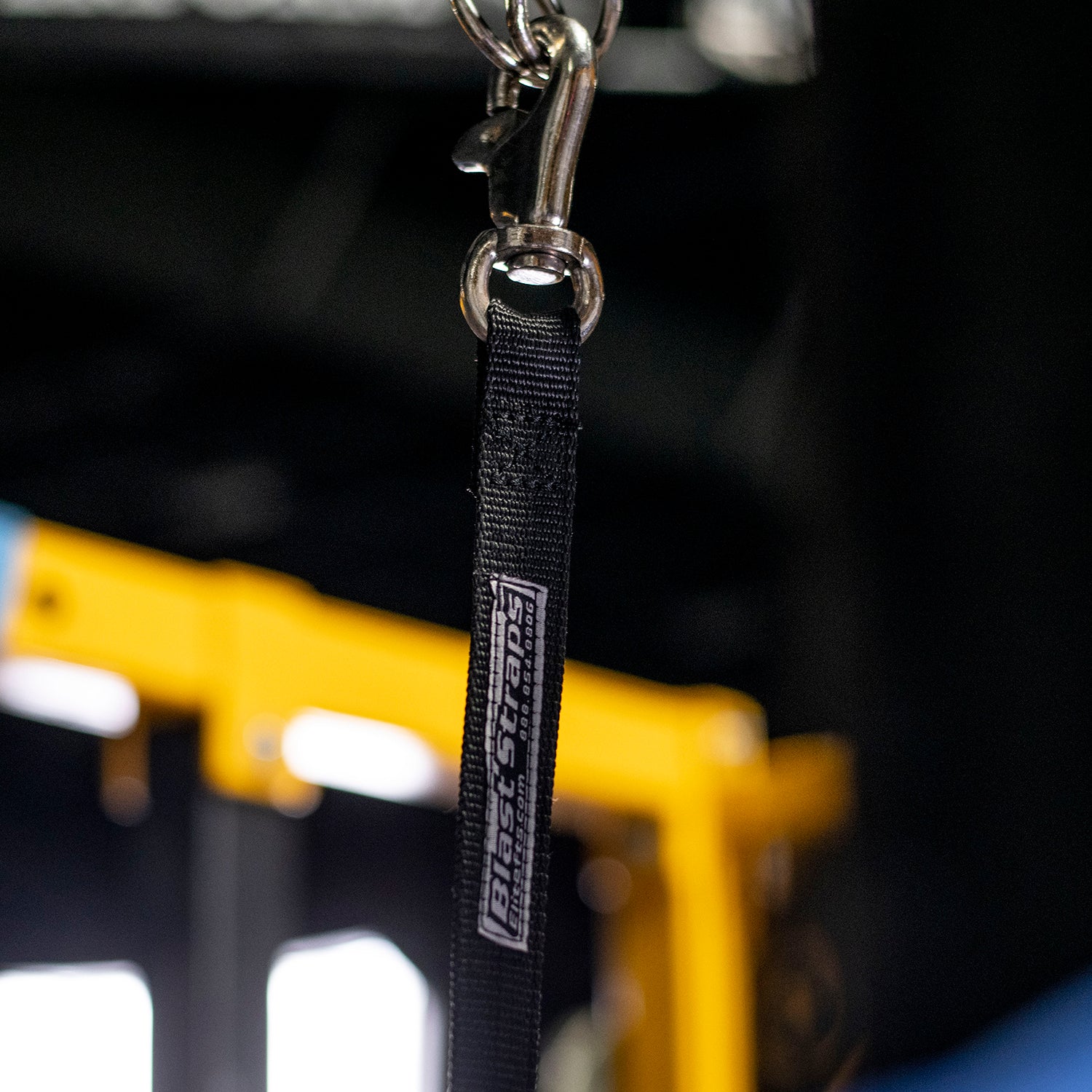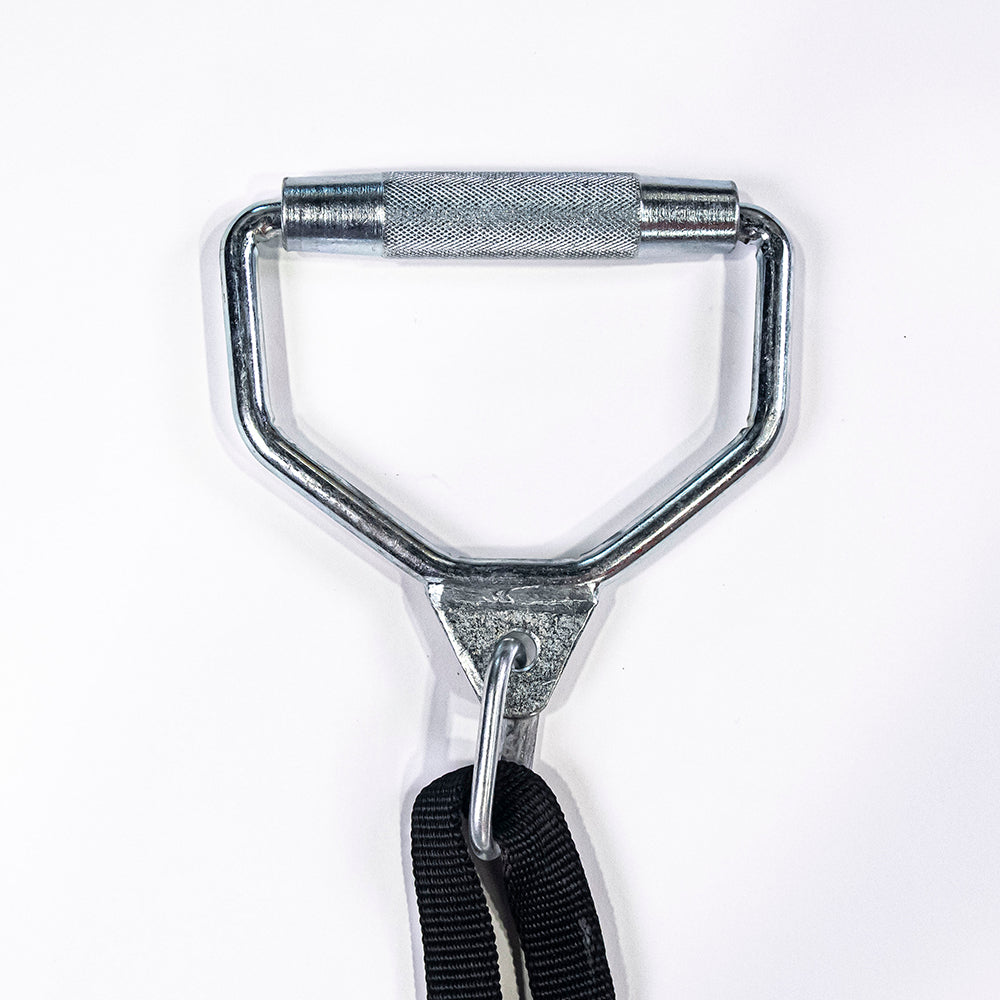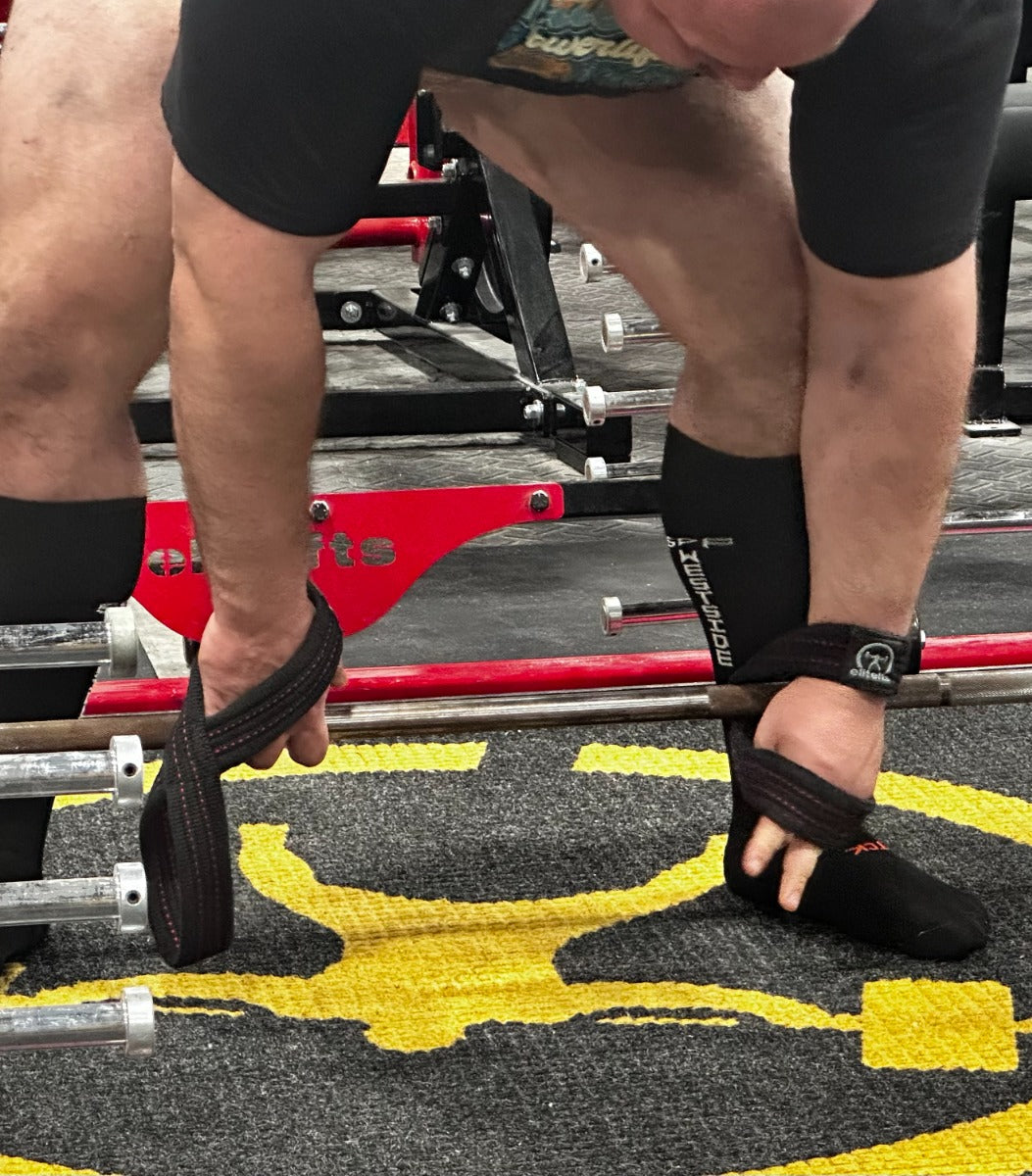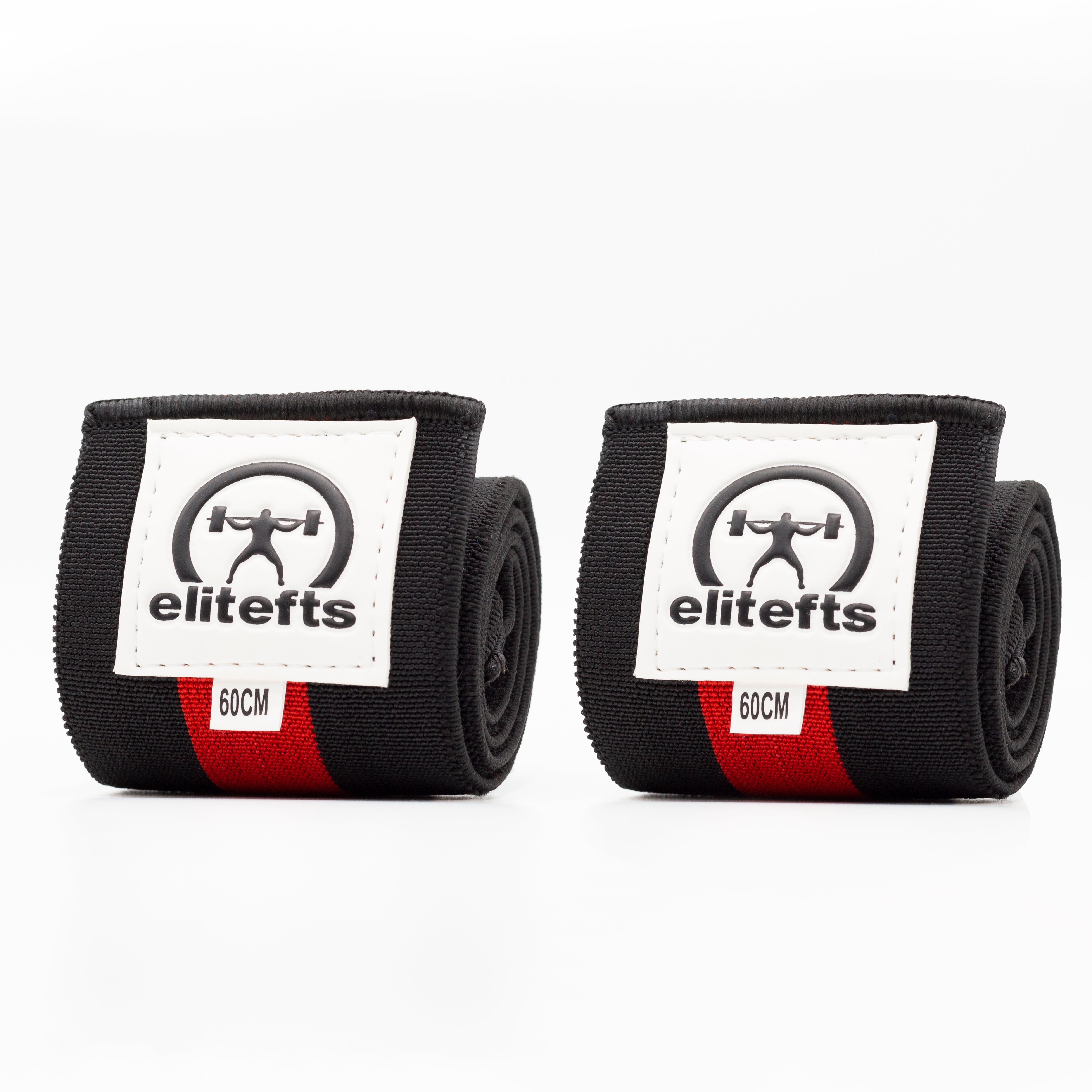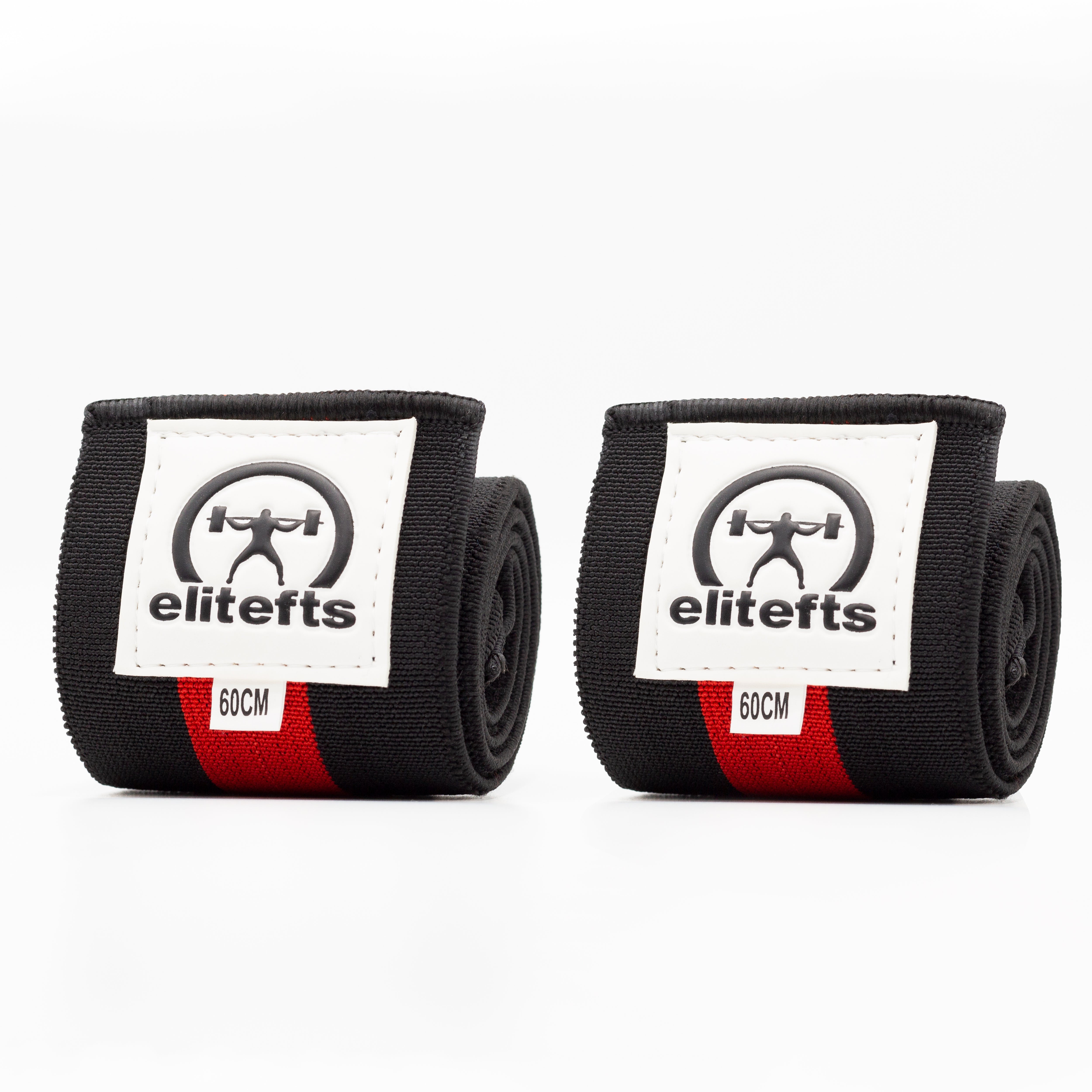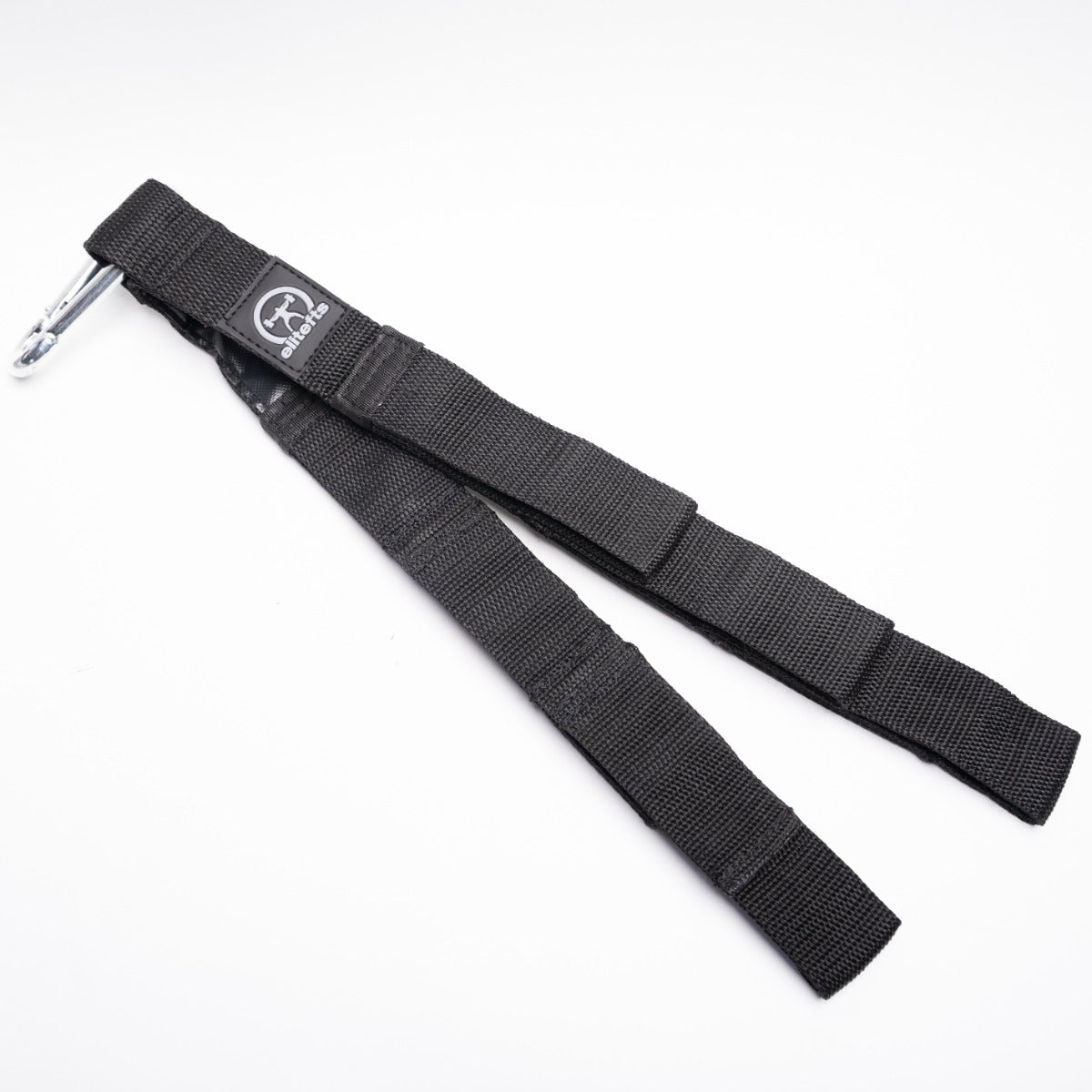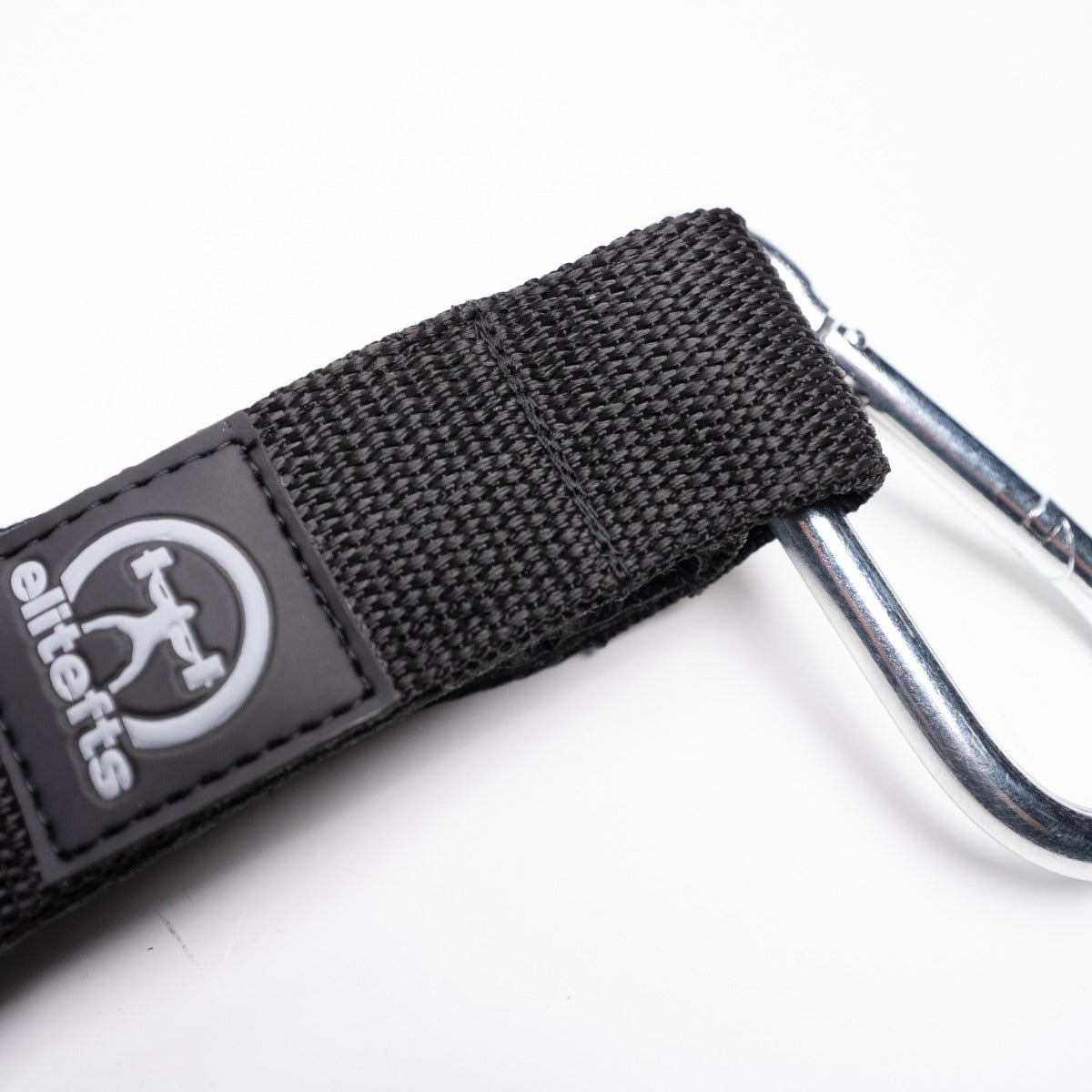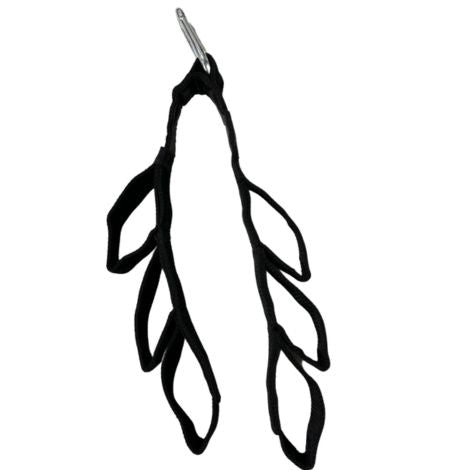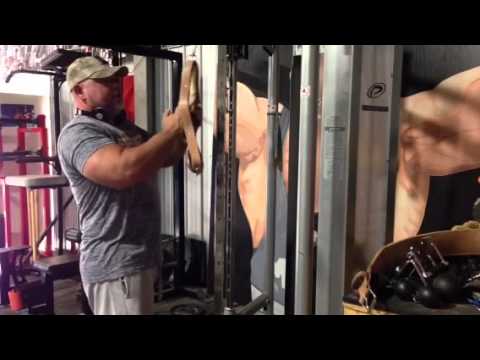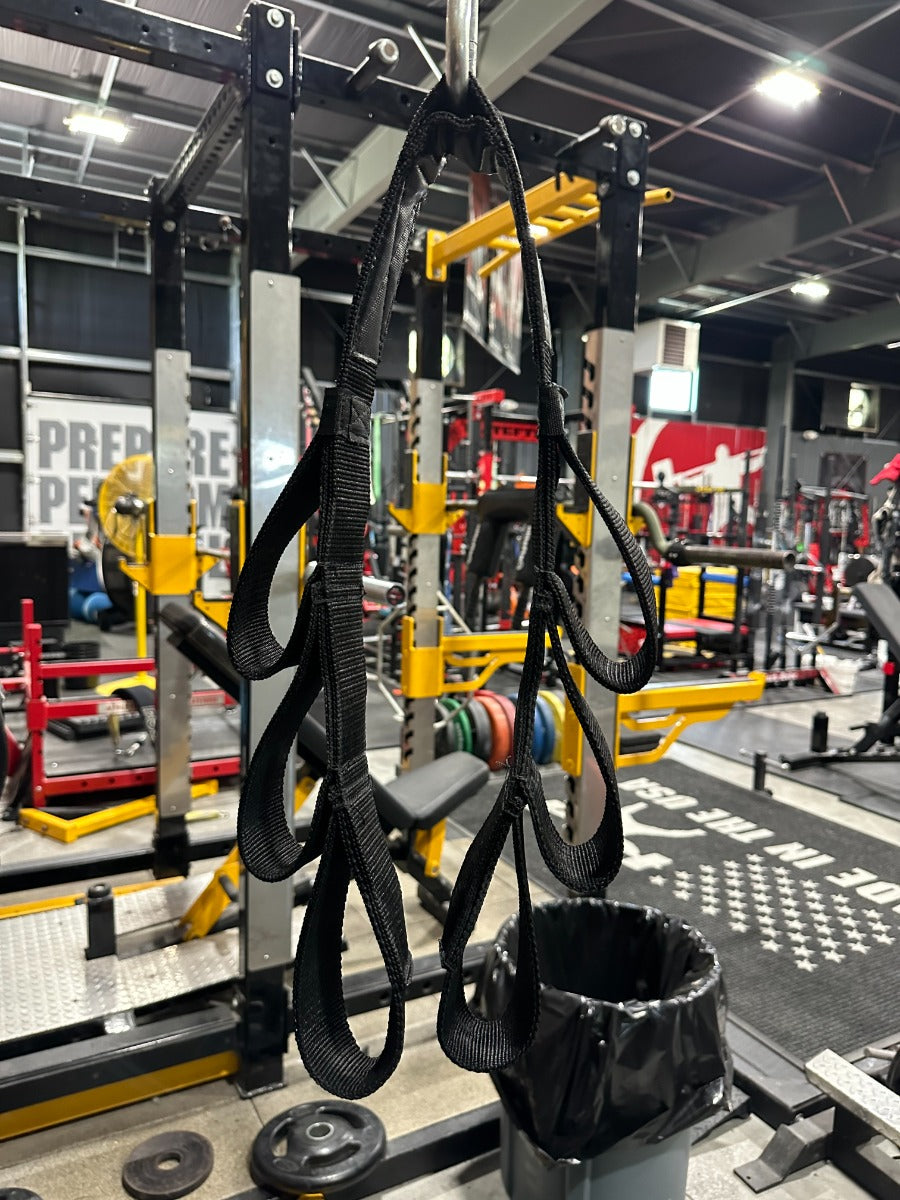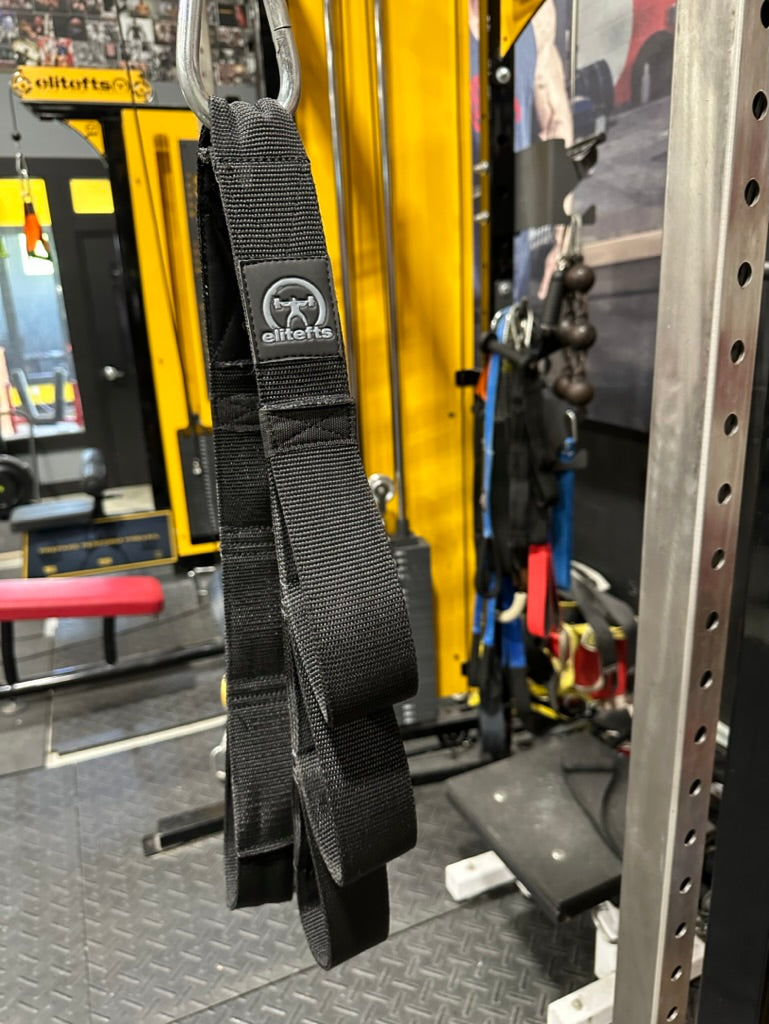band pull-aparts, face pulls, or YTI raises with one of your lower body accessory movements on each of your lower body days. It’s a fantastic way to sneak in some extra upper back work without overtraining or negatively affecting your lower body workouts. Just make sure you choose an exercise that isn't overly demanding and don’t go too heavy. You should notice quite a bit of improvement in both strength and development within a month or so. Oh and your shoulders will thank you! 3. Do both horizontal and vertical pulling movements! When designing your next weight training program, don’t forget to include both horizontal and vertical pulling movements. Some examples of horizontal pulling movements include one-arm dumbbell rows, bent over rows, band pull-aparts, seated cable rows, and standing cable rows. Basically, it’s any rowing movement where you're pulling straight back and squeezing your scapulae together. Some examples of vertical pulling movements include: overhand pull-ups, neutral grip pull-ups, chin-ups, lat pull-downs, and kneeling cable pull-downs. Basically, it’s any movement where you're pulling down with a nice, tall chest and your scapulae are seated. Of course, there are plenty of upper back movements that fall in between horizontal and vertical pulling movements. They're awesome and should be included, too. Some examples of these include chest supported rows, face pulls and one-arm face pulls (depending on where you set the cable), and 45-degree bent over rows. Make sure you include plenty of movements from each category for a well-rounded program and a well-developed upper back. And don’t forget to do what you suck at! It’s human nature to enjoy doing what you’re really good at. If you kick ass at pull-ups, you probably do them often. If you rock out at bent over rows, they probably show up in your programs a lot. This tendency we have to include certain exercises in our programs while neglecting others is no bueno. Remember, the quickest way to improve aesthetics and overall performance is to bring up your weak areas. So swallow your pride and include a variety of movements in your workouts, including those things you aren’t good at (yet). ‘Nuff said.

Three Tips for Improving the Effectiveness of Your Pulling Exercises
band pull-aparts, face pulls, or YTI raises with one of your lower body accessory movements on each of your lower body days. It’s a fantastic way to sneak in some extra upper back work without overtraining or negatively affecting your lower body workouts. Just make sure you choose an exercise that isn't overly demanding and don’t go too heavy. You should notice quite a bit of improvement in both strength and development within a month or so. Oh and your shoulders will thank you! 3. Do both horizontal and vertical pulling movements! When designing your next weight training program, don’t forget to include both horizontal and vertical pulling movements. Some examples of horizontal pulling movements include one-arm dumbbell rows, bent over rows, band pull-aparts, seated cable rows, and standing cable rows. Basically, it’s any rowing movement where you're pulling straight back and squeezing your scapulae together. Some examples of vertical pulling movements include: overhand pull-ups, neutral grip pull-ups, chin-ups, lat pull-downs, and kneeling cable pull-downs. Basically, it’s any movement where you're pulling down with a nice, tall chest and your scapulae are seated. Of course, there are plenty of upper back movements that fall in between horizontal and vertical pulling movements. They're awesome and should be included, too. Some examples of these include chest supported rows, face pulls and one-arm face pulls (depending on where you set the cable), and 45-degree bent over rows. Make sure you include plenty of movements from each category for a well-rounded program and a well-developed upper back. And don’t forget to do what you suck at! It’s human nature to enjoy doing what you’re really good at. If you kick ass at pull-ups, you probably do them often. If you rock out at bent over rows, they probably show up in your programs a lot. This tendency we have to include certain exercises in our programs while neglecting others is no bueno. Remember, the quickest way to improve aesthetics and overall performance is to bring up your weak areas. So swallow your pride and include a variety of movements in your workouts, including those things you aren’t good at (yet). ‘Nuff said.

EliteFTS Table Talk— Where strength meets truth. Hosted byDave Tate, Table Talk cuts through the noise to bring raw, unfiltered conversations about training, coaching, business, and life under the bar. No fluff. No hype. Just decades of experience — shared to make you stronger in and out of the gym.

Join the Crew!
Support us and access premium content monthly!

























